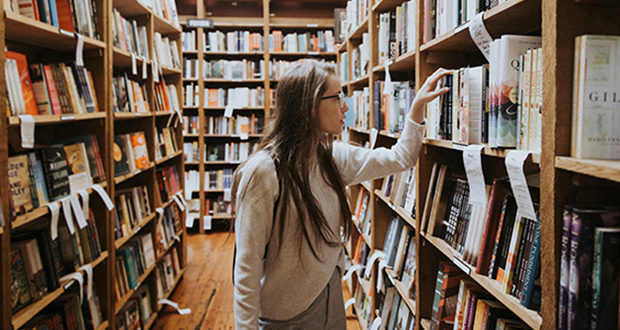Student wellbeing is crucial to academic success, with students more likely to abandon their studies following distressing incidents. Here’s how the University of Sydney is creating a system for reporting trauma that is founded on human-centred design, and supports both students and practitioners.
When I started at the University of Sydney, I joined a team that was struggling with incredibly complicated processes. To work through a referral from a student reporting an incident of distress, my team and I had to open no fewer than nine separate systems. And the situation was no better for the student or staff member relating the incident. To record their experience, they had to choose one of 17 configurations of the reporting form.
So one of our key priorities for the Safer Communities project has been to build a system that gives us a complete picture of a student and their needs, so we can address them in an integrated and holistic way.
From the point of referral and throughout the entire period of care, we want to put the right information in front of the proper practitioner when they need it, so they can make healthy decisions about how to interact with and care for the student in front of them.

It is critical to give students the best possible chance to complete their studies. We are building a program that enables us to intervene before students find themselves at crisis point. It will help to reduce the occurrence of serious incidents and allow us to properly support victims and survivors.
Designing a human-centred system to improve student wellbeing
We are now in the final stages of building our early intervention and student support system. We’ve reduced those nine systems to one, and cut the 17 different reporting forms back to a single common experience.
Our current focus is user testing. We want to ensure the process of reporting is human-centred and requires minimal effort. Our goal is to create a system that supports anyone who needs to report trauma. It’s vital that the process makes them feel confident that the university will act on their report.
“The point is to get the system to act quickly with the information it has so we can focus on human interaction.” - Dr Benjamin Wilkes, University of Sydney
One of our biggest challenges is balancing the mechanical nature of a systemised recording program with the need for a straightforward experience for those communicating under difficult circumstances.
For someone reporting an incident, we have a dynamic form linked to our CRM. This makes for a much smoother experience. Importantly, it allows them to make choices along the way about how much they want to submit at any given time. The person reporting their experience may not feel ready to disclose all the details straight away, so it’s critical that we enable choice and offer flexibility and support throughout the process.
A sophisticated system often presents more than one way of doing something – a challenge our staff are facing right now. So we are continuously assessing how we can use quick links and shortcuts so that staff members don't have to count the number of contacts, sessions or people involved in an incident. The point is to get the system to act quickly with the information it has so we can focus on human interaction.
Creating a responsive and supported community
Safer Communities is part of a larger program that involves getting all our wellbeing services connected in one system. It also requires promoting a wider campaign in the university community about respect and responsibility.
We can’t put all the responsibility for action on victims and survivors. We must build a community that feels confident and supported to call out unacceptable behaviour and that can actively contribute to a safer campus.
When the new external-facing reporting methods are launched, we’ll also share new materials to raise awareness. We have been consulting with colleges and residences about the most effective and appropriate way to share that information.
There are around 300 clubs and societies at the university. Student leaders had been receiving reports of assaults or other unacceptable behaviours, and were having trouble responding to the content of what was being disclosed. So we are co-designing a program with them about how to create safer environments for student events and groups, alongside a more informed and empowered reporting system.
We believe that bystander training will also help people to understand how they can best respond if they witness threatening behaviour or an assault.
Reducing the tolerance of unacceptable behaviour, intervening before something escalates, and showing consequences early on for inappropriate behaviour are essential parts of creating the safe community that enables students to thrive.
Dr Benjamin Wilkes, Head – Student Wellbeing, Education, University of Sydney

Read more from Dr Benjamin Wilkes and other higher education staff in both professional and academic streams about how Australian universities can boost retention now. Download the Simplus Australia ebook: 6 ways Australian universities are stopping student attrition
Email [email protected]
 Campus Review The latest in higher education news
Campus Review The latest in higher education news

